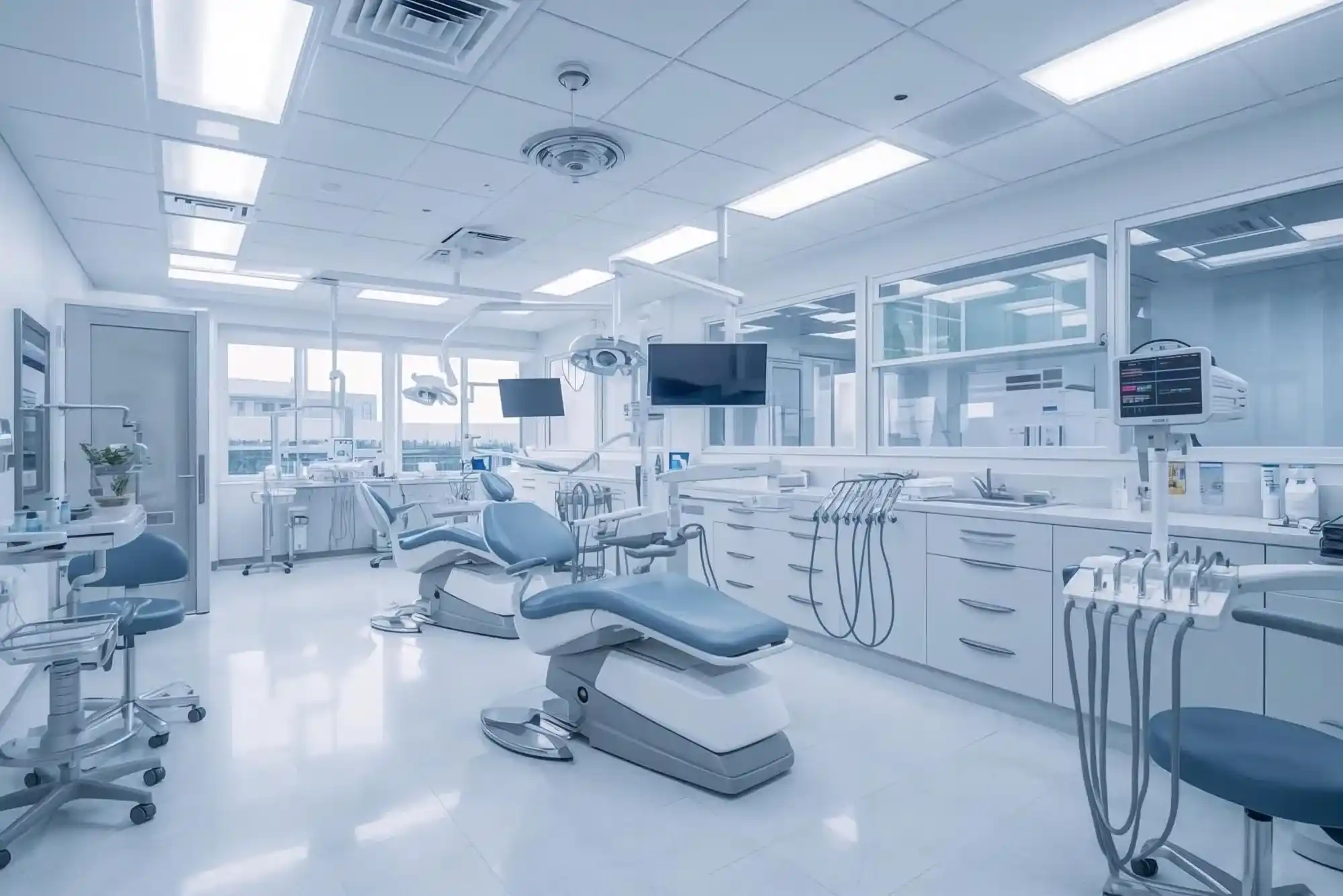In South Punjab’s evolving landscape, Dhanote has emerged as a focal point for healthcare innovation, not through sprawling hospitals—but through stronger internet access. With reliable digital connectivity now available, new healthcare models are transforming how residents access care, monitor conditions, and communicate with doctors. This shift is driven by ongoing infrastructure developments, especially the Internet in Dhanote initiative, which is bridging critical healthcare gaps.
Telemedicine Connects Dhanote to National Healthcare Networks
Quick Answer: Internet access enables patients in Dhanote to consult specialists remotely through telehealth platforms.
As medical specialists are largely concentrated in Multan and Bahawalpur, rural patients often face delays in diagnosis and treatment. But today, thanks to strong broadband rollout:
-
Video consultations are available with physicians in urban centers.
-
Diagnostic reports can be shared instantly online.
-
E-pharmacies provide home delivery of prescription medicines.
Case Example:
In 2024, Dhanote’s Rural Health Center (RHC) partnered with a Lahore-based platform, enabling real-time cardiology and gynecology consults for over 500 local patients.
“Telehealth has empowered our local teams to respond faster and treat better,” says Dr. Saima Iqbal, a general practitioner in Dhanote.
Digital Health Literacy and Community Awareness
Quick Answer: Internet training improves health literacy, helping residents make informed medical decisions.
The ongoing Project in Dhanote promotes digital access and education. One component focuses on health awareness campaigns:
-
YouTube tutorials in Urdu/Saraiki on diabetes, asthma, maternal health.
-
WhatsApp alerts for polio drops, dengue outbreaks, and COVID boosters.
-
Interactive health webinars hosted in collaboration with NGOs.
Through these methods, healthcare teams have reduced misinformation, especially regarding vaccines and hygiene, among rural women and elderly men.
Local schools and women’s centers now host “digital health hours” every Friday, supported by PITB and South Punjab’s IT Board.
Remote Health Monitoring for Chronic Patients
Quick Answer: Internet tools help patients in Dhanote monitor chronic illnesses like diabetes and hypertension.
Managing long-term conditions in remote areas was previously near-impossible. But now, with devices linked to mobile apps, patients can:
-
Track blood glucose, BP, and oxygen levels.
-
Automatically share readings with distant doctors.
-
Receive reminders for medications and appointments.
Example: A pilot program at Basic Health Unit (BHU) Dhanote provided 100 patients with Bluetooth blood pressure monitors synced to a cloud-based system monitored from Multan.
Women’s Healthcare Access via Mobile Internet
Quick Answer: Women in Dhanote are now using mobile internet to seek confidential healthcare advice.
Due to cultural and logistical barriers, many women avoided clinic visits. Now, thanks to widespread 4G and community internet hubs:
-
Women use mobile apps for gynecology consultations.
-
Access pre/post-natal guides and parenting advice.
-
Join peer support groups through Telegram and Facebook.
In Bahawalpur, a local startup, Sehat Ghar, partners with health volunteers in Dhanote to educate women on nutrition and maternal care—remotely and safely.
Emergency Medical Response with GPS and Online Coordination
Quick Answer: GPS-enabled apps and faster communication improve emergency healthcare in rural Dhanote.
Ambulance delays used to be life-threatening in Dhanote. Today, the improved internet infrastructure supports:
-
Location tracking for ambulances.
-
Online triage coordination with Multan’s hospitals.
-
Tele-ICU consultation before a patient even arrives.
Local officials in South Punjab Rescue 1122 confirmed that response times dropped by 30% since online dispatch mapping tools were introduced in 2023.
Training Healthcare Workers with Online Resources
Quick Answer: Nurses, midwives, and health workers are using online courses for upskilling.
The health workforce in Dhanote is benefitting from digital training via:
-
Coursera/Udemy for midwife certifications.
-
Government portals for health assistant training.
-
Zoom workshops by experts from Lahore and Karachi.
Example: A recent STZA-backed initiative trained 40 community health workers in Dhanote on pandemic response through a hybrid e-learning program, reducing future dependency on urban centers.
Youth-Led Innovation in Rural Health Tech
Quick Answer: Local youth in Dhanote are building apps and platforms to solve healthcare challenges.
A new wave of tech-savvy students from Dhanote and Multan are driving grassroots solutions:
-
Mobile apps that translate symptoms into Saraiki for urban doctors.
-
QR-based systems for digital patient records.
-
Offline-compatible telehealth tools for low-bandwidth villages.
“We built a WhatsApp bot that gives free symptom-based advice in Urdu,” says Faraz, a Dhanote-based student and developer.
Government-Backed Internet Expansion and Healthcare Synergy
Quick Answer: Punjab’s internet and healthcare policies are converging to uplift South Punjab.
Thanks to strategic investments:
-
Universal Service Fund (USF) laid fiber to rural clinics.
-
PITB and STZA support hybrid care models.
-
Ignite Fund supports health innovation startups in small towns.
The synergy between digital policy and public health infrastructure is what makes the Internet in Dhanote not just a connectivity solution—but a healthcare revolution.
Data and Diagnostic Accuracy Through Connectivity
Quick Answer: Digital connectivity enables rural clinics to provide urban-level diagnostic accuracy.
Dhanote’s clinics now upload diagnostic scans and lab tests to central servers for expert review in Bahawalpur and Multan, allowing:
-
Faster detection of conditions like TB, hepatitis.
-
Expert second opinions without patient travel.
-
EHR (electronic health records) portability across Punjab.
This system, developed under the eHealth South Punjab project, has processed over 12,000 digital records in 18 months.
FAQs
1. How does internet access help healthcare in Dhanote?
It enables telehealth, online education, diagnostics, and emergency coordination—making care more accessible and effective.
2. What healthcare services are offered online in Dhanote?
Consultations, medicine delivery, chronic disease monitoring, and e-learning for staff.
3. How are women in Dhanote benefiting from internet-based healthcare?
They can access private consultations, maternity information, and mental health support discreetly.
4. What is “Project in Dhanote” and its health relevance?
A local digital initiative aiming to improve internet and healthcare synergy for residents.
5. Are there government programs supporting digital health in South Punjab?
Yes, STZA, PITB, Ignite, and USF support training, tech development, and infrastructure expansion.
6. How can youth get involved in health innovation in Dhanote?
Through coding bootcamps, freelancing platforms, and hackathons promoting health-based app development.
7. Are emergency medical services improving in Dhanote?
Yes, GPS and internet tools are helping ambulances and clinics respond faster and smarter.
Final Thought
As someone who grew up near Dhanote, I’ve seen our region go from relying on hearsay diagnoses to accessing real-time medical care through a smartphone. The transformation isn’t just technological—it’s human. Mothers, elders, and students now trust information, make healthier choices, and save lives—because of the internet.
The success of the Project in Dhanote is a compelling example of how rural digital policy, when aligned with public health, can change lives. If Pakistan truly wants to deliver equitable healthcare, South Punjab’s digital rise must be championed and expanded nationwide.




